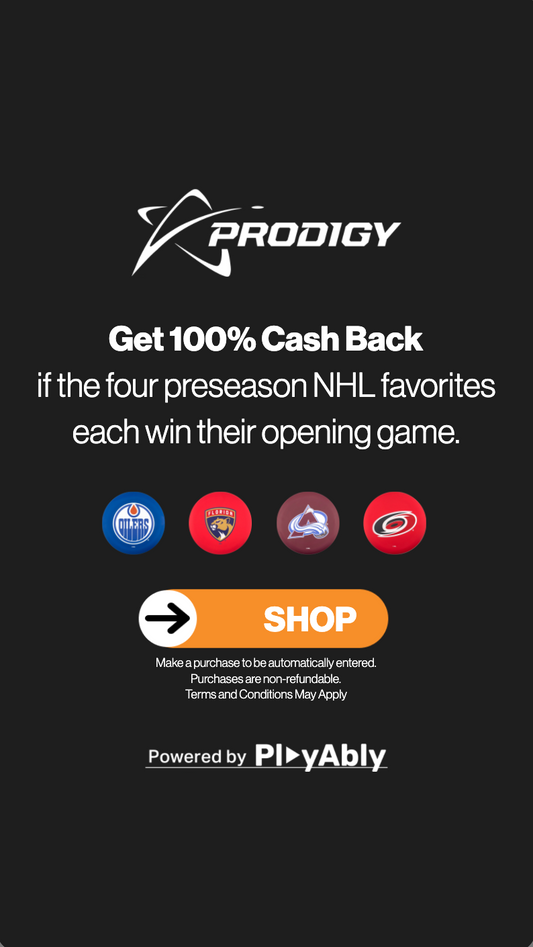Interactive Website Features for eCommerce: Quizzes, Games, and More
Vintage Cars Customizable Game
Creating Customer Journeys Experiences in eCommerce with Gamification
Download The Guide
In eCommerce, creating a dynamic and engaging website experience can make all the difference in capturing customer attention and driving conversions. Interactive features, such as quizzes, games, and progress trackers, make shopping more enjoyable and personalized, transforming a typical browsing session into a memorable journey. This guide explores interactive website features that boost customer engagement, encourage purchases, and strengthen brand loyalty.
Why Interactive Features Matter in eCommerce
Interactive elements create a unique, immersive experience that holds customer interest and encourages them to explore more. Studies show that interactive content increases engagement by up to 47% compared to static content, as customers are more likely to interact with websites that feel tailored and enjoyable. By adding features like quizzes and gamified rewards, brands can make online shopping both fun and informative, creating lasting impressions that lead to higher conversions.
Vintage Cars Customizable Game
Gamification and conversion optimization go hand in hand. While gamification keeps users engaged, conversion optimization ensures that engagement leads to action—whether that’s making a purchase.
Download The GuideEffective Interactive Features for eCommerce
1. Personalized Product Quizzes
Product quizzes guide customers to the right products based on their preferences, making shopping feel personal and tailored. By answering a few quick questions, customers receive customized recommendations that match their style, needs, or preferences. This type of interactivity not only enhances the user experience but also increases the likelihood of conversion by providing relevant suggestions.
To create effective product quizzes:
- Keep quizzes brief to maintain customer engagement.
- Provide immediate recommendations based on quiz results, with links to suggested products.
- Use quiz data to follow up with personalized emails, deepening the connection with the customer.
2. Spin-to-Win Wheels for Instant Rewards
Spin-to-win wheels add an element of fun and surprise, capturing attention by offering instant rewards like discounts or free shipping. In exchange for spinning the wheel, customers often enter their email, helping brands capture leads while adding excitement to the shopping journey. This tool works particularly well for new visitors, as it creates a welcoming and memorable first impression.
Best practices for spin-to-win wheels:
- Limit spins to one per customer to maintain exclusivity and excitement.
- Offer meaningful rewards, such as percentage discounts, to drive conversions.
- Ensure the wheel is mobile-friendly for seamless interaction on all devices.
3. Interactive Progress Bars for Cart Goals
Progress bars show customers how close they are to unlocking rewards, such as free shipping or discounts, based on their cart total. This visual indicator adds a sense of accomplishment, motivating customers to add more items to their cart to reach the goal. Progress bars tap into the psychology of completion, as customers feel encouraged to reach the final step.
Tips for effective progress bars:
- Place the progress bar on the cart or checkout page to keep it visible.
- Use rewards that customers find valuable, such as discounts or free shipping.
- Update the bar in real-time to provide instant feedback as items are added.
4. Gamified Loyalty Programs with Real-Time Rewards
Loyalty programs that offer points or rewards for specific actions encourage customers to engage and return. By showing customers their progress toward rewards in real-time, brands create an ongoing incentive to interact. Points can be earned for purchases, referrals, or social engagement, making shopping feel like a game that rewards loyalty.
To optimize loyalty programs:
- Offer points for various actions, not just purchases, to encourage broad engagement.
- Display progress in a loyalty dashboard so customers can see their rewards build.
- Include tiered levels for additional rewards, giving customers something to work toward.
5. Augmented Reality (AR) Try-Ons
AR try-on tools allow customers to “try” products virtually, providing a more immersive shopping experience. Common in fashion and beauty eCommerce, AR features let customers see how a product would look in real life, reducing hesitation and increasing confidence in purchase decisions. By using AR, brands can bridge the gap between in-store and online shopping, providing a hands-on experience that builds trust.
Best practices for AR try-ons:
- Offer clear instructions for using AR tools, ensuring a smooth experience.
- Allow customers to share AR results on social media, creating organic engagement.
- Regularly update AR capabilities to ensure compatibility with new devices.
Implementing Interactive Features Effectively
To ensure that interactive features enhance the shopping experience without overwhelming customers, follow these best practices:
- Prioritize Ease of Use: Interactive elements should be intuitive, adding value without complicating the journey.
- Provide Real Value: Each interactive feature should offer genuine benefits, such as product recommendations or discounts, to encourage continued engagement.
- Optimize for Mobile: Many customers browse on mobile, so all features should work seamlessly on various devices.
- Align with Brand Identity: Interactive tools should reflect the brand’s style and personality, creating a cohesive experience.
Measuring the Impact of Interactive Features
To assess the effectiveness of interactive website features, monitor these key metrics:
- Engagement Rate: Tracks how often customers interact with features like quizzes or spin-to-win wheels, showing how engaging they are.
- Conversion Rate: Measures how effectively interactive elements drive purchases, indicating their impact on conversions.
- Average Order Value (AOV): Tracks whether features like progress bars encourage customers to add more items to their cart.
- Customer Satisfaction: Gather feedback to understand customer reactions to interactive elements, identifying areas for improvement.
Enhancing the eCommerce Experience with Interactivity
Interactive website features add a layer of engagement and personalization that makes online shopping memorable. By using tools like product quizzes, spin-to-win wheels, and AR try-ons, brands can create a dynamic environment that keeps customers engaged and encourages conversions. This approach not only builds a connection with customers but also drives repeat visits and loyalty.
Through thoughtful design and consistent optimization, interactive features can transform eCommerce sites into destinations that customers enjoy returning to, fostering stronger relationships and driving sustained growth in a competitive market.



